This article was co-authored by wikiHow staff writer, Megaera Lorenz, PhD. Megaera Lorenz is an Egyptologist and Writer with over 20 years of experience in public education. In 2017, she graduated with her PhD in Egyptology from The University of Chicago, where she served for several years as a content advisor and program facilitator for the Oriental Institute Museum’s Public Education office. She has also developed and taught Egyptology courses at The University of Chicago and Loyola University Chicago.
There are 16 references cited in this article, which can be found at the bottom of the page.
This article has been viewed 82,115 times.
Learn more...
Vaginal yeast infections are aggravating and uncomfortable. Luckily, there are a variety of over-the-counter medications that you can use to treat most yeast infections. Monistat is one popular option that you can insert directly into your vagina to treat the problem at the source. Depending on your individual needs and preferences, you can get Monistat as a 1, 3, or 7-day treatment. Talk to your doctor before you use Monistat, especially if you’ve never had a yeast infection before.
Steps
Knowing When to Use Monistat
-
1See your doctor if you’ve never had a yeast infection before. If you’re not sure that you have a yeast infection, it’s important to get a proper diagnosis before you use Monistat or any other over-the-counter treatment. The symptoms of a yeast infection can look similar to a variety of other vaginal infections, which may require different kinds of medications (such as antibiotics).[1] Common symptoms of a vaginal yeast infection include:
- Itching, pain, or irritation around the vulva and vagina
- Burning when you urinate or have sex
- Redness, swelling, or a rash in the area around the vagina and vulva
- A thick, white discharge that looks like cottage cheese
- Watery discharge from the vagina
-
2Ask your doctor if Monistat is a good choice for you. Even if your doctor diagnoses you with a yeast infection, they may recommend a treatment other than Monistat. For example, a severe yeast infection may require a prescription antifungal medication.[2] Before using Monistat, let your doctor know if:[3]
- You are taking certain medications, such as warfarin or another blood-thinning medication
- You have severe symptoms, such as a fever, abdominal or back pain, nausea and vomiting, or bad-smelling discharge from your vagina
- Your yeast infections are frequent (i.e., you get them once a month or more)
- You have a condition that weakens your immune system, such as HIV/AIDS, diabetes, or cancer
- You are pregnant
Keep in mind: Miconazole, the active ingredient in most forms of Monistat, is generally considered safe for treating yeast infections during pregnancy. However, you should always consult your doctor before using any medication while you’re pregnant.[4]
Advertisement -
3Work with your doctor to determine which Monistat to use. Monistat comes in 3 different dosages, which are meant to be taken over the course of 1, 3, or 7 days. Your doctor may recommend one or another of these treatment options depending on the severity of your infection, any other conditions or concerns you might have, and your personal preferences. The types of Monistat are:
- Monistat 1. This is the strongest dosage and comes in a single application, which can take the form of an ovule (a small, egg-like suppository) or a vaginal cream. Monistat 1 provides the fastest relief and is designed for women who are busy or active.[5]
- Monistat 3. This is an intermediate dose that is meant to be taken over 3 days. It comes in ovule, suppository, or cream form.[6]
- Monistat 7. Monistat 7 is the lowest dose of Monistat, which you administer as an internal vaginal cream over the course of 7 days. Your doctor may recommend this form of Monistat if you are pregnant or have diabetes.[7]
-
4Contact your doctor if your symptoms don’t improve in 3 days. No matter which form of Monistat you choose, you should begin to feel some relief within 3 days, and your symptoms should be completely gone within a week. If you don’t see improvement during that time, stop using Monistat and contact your doctor. You should also let them know if you experience severe symptoms or side effects while taking Monistat, such as:[8]
- A rash or hives
- Nausea or vomiting
- Abdominal pain
- A fever or chills
- Bad-smelling discharge from your vagina
Applying Monistat 1
-
1Wash your hands before applying the medication. Before you use Monistat, clean your hands thoroughly with warm water and hand soap. Pat them dry with a clean towel. Your hands should be dry when you handle the medication.[9]
- You should also wash your hands after you’re finished applying the Monistat.
-
2Place the Monistat 1 ovule in the end of the applicator. Your Monistat 1 package should include a single ovule, which is a small, egg-shaped suppository. Peel the paper backing off of the blister pack containing the ovule, and push the ovule into the wider end of the disposable applicator.[10]
- Make sure you push the ovule in firmly enough that it can’t fall out.
-
3Insert the Monistat 1 applicator into your vagina. Stand or lie down with your legs spread slightly. If you stand, bend your knees a little and place your feet 3–5 inches (7.6–12.7 cm) apart. You can also lie on your back with your knees bent. Hold the applicator by the plunger end and gently slide it into your vagina as far as it will comfortably go.[11]
Tip: The Monistat 1 ovule is designed to stay in place throughout the day. This means you can insert it day or night and go about your regular activities without worrying about the medicine leaking out and therefore being less effective.[12]
-
4Push the plunger in to release the ovule into your vagina. Once the applicator is fully inserted into your vagina, hold the barrel of the applicator with one hand and push the plunger in all the way with your other hand. This will push the ovule deep into your vagina, near the cervix.[13]
- When you’re done, remove both the plunger and the barrel of the applicator from your vagina. Throw away the applicator.
-
5Place a deodorant-free sanitary pad in your underwear to control leaking. The Monistat 1 ovule is relatively mess-free, but you may still experience a little leaking or discharge when you use it. If you wish, you can protect your underwear with a fragrance-free sanitary pad or panty liner until any discharge clears up.[14]
- Don’t use tampons while you are using Monistat 1. You should also avoid using douches, condoms, diaphragms, or spermicidal gel until you’ve finished the treatment and your symptoms have cleared up.
-
6Apply the External Vulvar Cream twice a day to relieve itching. The Monistat 1 Combination Pack also includes a tube of anti-itch cream, which you can apply to your vulva and the area outside your vagina twice a day for up to 7 days. The first time you use the cream, you’ll need to puncture the seal on the tube with the sharp point on the top of the cap.[15]
- Don’t insert any of the external cream directly into your vagina.
-
7Try Monistat 1 Tioconazole if you are sensitive to the Monistat 1 ovule. The Monistat 1 ovule contains a high concentration of miconazole nitrate, an antifungal medication. If you’re sensitive to this medication, you can try Monistat 1 Tioconazole Ointment as an alternative. This is also a single dose medication, but it comes in the form of a cream instead of an ovule.[16]
- To use the tioconazole ointment, take the prefilled applicator out of the foil packet and unscrew the cap. Insert the applicator into your vagina as far as it will comfortably go and depress the plunger to release the medication.[17]
- For best results, use this medication at bedtime. This will allow the medication to stay in your vagina longer without leaking out.
Using Monistat 3
-
1Determine which form of Monistat 3 you prefer. You can get Monistat 3 in the form of an ovule, a quick-dissolving suppository, or a cream. All 3 forms come in separate doses that are to be taken over the course of 3 days.[18]
- The ovules are the least messy of the options, and they also stay in place well, meaning that they can be used during the day if you prefer.
- The suppositories are easy to insert, but are messier than the ovules. Once they are inserted, they dissolve quickly and create a lot of leakage. This option is usually cheaper than the ovules.
- The pre-filled cream applicators make the whole process quick and easy, but these are also the messiest option. The cream will quickly leak out of your vagina if you stand up or move around after inserting it.
- Use the suppositories and the cream at bedtime for the best results.
-
2Wash your hands before inserting the applicator. Before applying Monistat 3, wash your hands thoroughly with soap and warm water. Pat your hands dry with a clean towel when you’re done.[19]
- Wash your hands again when you’re done applying the medication.
-
3Insert the ovule or suppository into the applicator. If you’re using Monistat 3 in the ovule or suppository form, you’ll need to remove the ovule or suppository from the blister pack and insert it into the wider end of the applicator. Make sure to push it in far enough that it can’t come out easily.[20]
- If you’re using the cream form of Monistat 3, simply unscrew the cap from the pre-filled applicator.
-
4Place the applicator in your vagina and push the plunger. Stand with your feet slightly apart and your knees bent, or lie down on your back and pull your knees up. Insert the applicator as far as you comfortably can into your vagina. Hold the barrel in place with one hand while you push the plunger with the other to release the medication into your vagina.[21]
- Throw away the applicator when you’re done.
- If you’re using the cream or the suppository, you may experience a lot of leakage if you stand up or move around right after application. Try to use the medication right before bed so that it can stay in your vagina as long as possible.
- Administer 1 dose per day for 3 days.
-
5Protect your underwear with an unscented sanitary pad. All 3 forms of Monistat 3 can come with leakage or discharge. To prevent messes, try placing a perfume-free sanitary pad or panty liner in your underwear while you’re using the treatment.[22]
- Don’t use tampons, condoms, diaphragms, douches, or spermicidal gels until you’re done with the course of treatment and your symptoms are gone.
-
6Use the external anti-itch cream twice a day as needed. All 3 forms of Monistat 3 can be purchased as combination packs that also contain an external anti-itch medication. To use this, place a little of the cream on your fingertip and apply it to your vulva and the area around the outside of your vagina. You can use this medication twice a day for up to 7 days as needed.[23]
- Don’t put the anti-itch cream directly inside your vagina.
Administering Monistat 7
-
1Wash your hands with soap and warm water. Before using Monistat 7, wash your hands thoroughly. Pat them dry with a clean towel when you’re done.[24]
- Wash your hands again after applying the medication.
-
2Fill one of the disposable applicators with the cream. Monistat 7 is only sold in the form of a cream. You may be able to get a package with pre-filled applicators, or you might need to fill the applicator yourself from a tube of cream included in the package.[25]
- If your applicators are pre-filled, simply take the applicator out of its package and unscrew the cap right before use. You may also need to insert the plunger into the barrel of the applicator.[26]
- If you got a package with empty applicators, fill the applicator with cream from the tube of medication as directed in the package instructions.
-
3Insert the applicator into your vagina and push the plunger. Stand with your feet apart and your knees slightly bent, or lie down on your back in a comfortable position. Gently slide the applicator tube into your vagina as far as it will comfortably go. Hold the barrel with one hand and push in the plunger with the other to release the cream into your vagina.[27]
- If you’re using a pre-filled applicator, make sure the cap is off before you insert the applicator into your vagina.
- Give yourself 1 dose per day for 7 days at bedtime. Lie down immediately after you insert the cream so that it can stay in your vagina as long as possible.
-
4Wear an unscented sanitary pad to keep your underwear clean. The Monistat 7 cream will likely leak out of your vagina and make a mess, and you might also experience some discharge during the treatment. Protect your underwear with sanitary pads or panty liners during the course of your treatment.[28]
- Wait until you’re done using the medication and your symptoms have cleared up before using tampons, spermicidal gels, condoms, diaphragms, or douches.
-
5Apply a little anti-itch cream twice a day as needed. You can buy Monistat 7 as a combination pack with an external anti-itch cream.[29] Alternatively, if you didn’t get a package with pre-filled applicators, you can use some of the medicine in the tube to treat external itching as well as in the internal applicators.[30] Put a little of the cream on your finger and apply it to the itchy area around the outside of your vagina.
- Use the anti-itch cream for up to 7 days.
Warnings
- Don’t flush Monistat applicators down the toilet, since this could seriously damage your plumbing. Throw them in the trash instead.⧼thumbs_response⧽
References
- ↑ https://www.mayoclinic.org/diseases-conditions/yeast-infection/symptoms-causes/syc-20378999
- ↑ https://www.mayoclinic.org/diseases-conditions/yeast-infection/diagnosis-treatment/drc-20379004
- ↑ https://www.monistat.com/antifungal-safety-guide
- ↑ https://www.mayoclinic.org/diseases-conditions/vaginitis/expert-answers/yeast-infection-during-pregnancy/faq-20058355
- ↑ https://www.monistat.com/yeast-infection-treatment/monistat-1-day-antifungal
- ↑ https://www.monistat.com/yeast-infection-treatment/monistat-3-day-antifungal
- ↑ https://www.monistat.com/yeast-infection-treatment/monistat-7-day-antifungal
- ↑ https://www.monistat.com/antifungal-safety-guide
- ↑ https://www.drugs.com/mtm/monistat-1-day-or-night.html
- ↑ https://www.accessdata.fda.gov/drugsatfda_docs/label/2004/21308s009lbl.pdf
- ↑ https://www.accessdata.fda.gov/drugsatfda_docs/label/2004/21308s009lbl.pdf
- ↑ https://www.monistat.com/yeast-infection-treatment/monistat-1-day-antifungal
- ↑ https://www.accessdata.fda.gov/drugsatfda_docs/label/2004/21308s009lbl.pdf
- ↑ https://www.accessdata.fda.gov/drugsatfda_docs/label/2004/21308s009lbl.pdf
- ↑ https://www.accessdata.fda.gov/drugsatfda_docs/label/2004/21308s009lbl.pdf
- ↑ https://www.monistat.com/yeast-infection-treatment/monistat-1-day-antifungal
- ↑ https://dailymed.nlm.nih.gov/dailymed/drugInfo.cfm?setid=587e42b4-cbdc-4a03-afae-f9e5e6605937
- ↑ https://www.monistat.com/yeast-infection-treatment/monistat-3-day-antifungal
- ↑ https://www.drugs.com/mtm/monistat-3.html
- ↑ https://dailymed.nlm.nih.gov/dailymed/drugInfo.cfm?setid=910d81cd-67dc-4fdf-94cf-4eb3b1dca0fd
- ↑ https://www.medicalnewstoday.com/articles/322908.php
- ↑ https://www.drugs.com/mtm/monistat-3.html
- ↑ https://dailymed.nlm.nih.gov/dailymed/drugInfo.cfm?setid=910d81cd-67dc-4fdf-94cf-4eb3b1dca0fd
- ↑ https://www.drugs.com/mtm/monistat-7.html
- ↑ https://dailymed.nlm.nih.gov/dailymed/drugInfo.cfm?setid=c4b68aff-e95f-47ae-b190-6a671bef1877
- ↑ https://www.accessdata.fda.gov/drugsatfda_docs/label/2009/017450Orig1s056lbl.pdf
- ↑ https://www.accessdata.fda.gov/drugsatfda_docs/label/2009/017450Orig1s056lbl.pdf
- ↑ https://www.accessdata.fda.gov/drugsatfda_docs/label/2009/017450Orig1s056lbl.pdf
- ↑ https://www.monistat.com/yeast-infection-treatment/monistat-7-day-antifungal
- ↑ https://dailymed.nlm.nih.gov/dailymed/drugInfo.cfm?setid=c4b68aff-e95f-47ae-b190-6a671bef1877
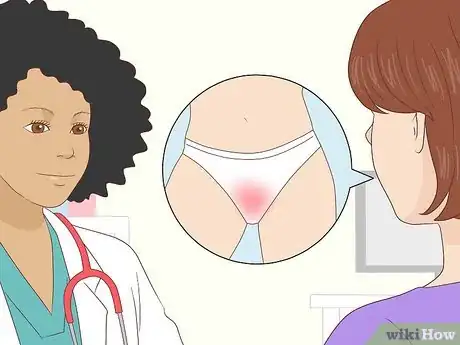


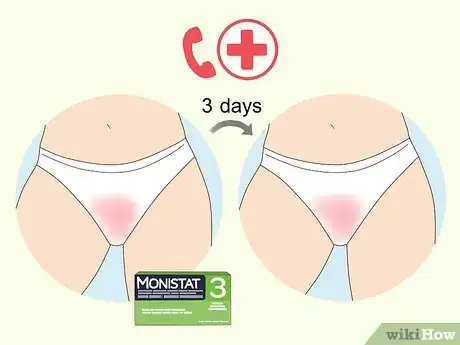
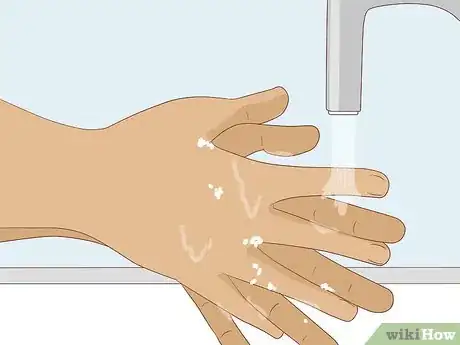

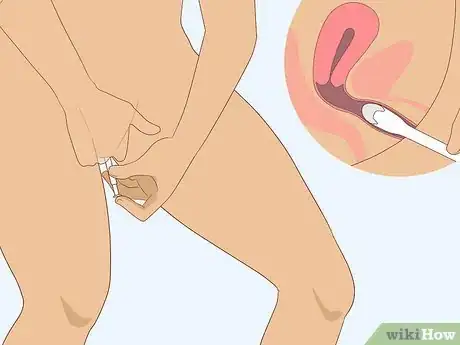

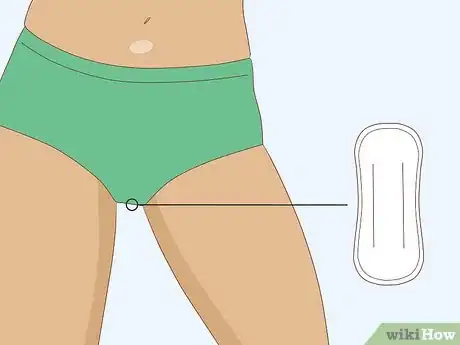
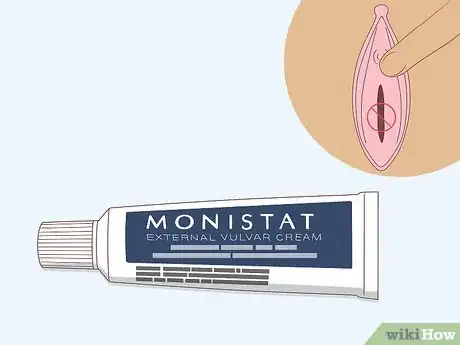
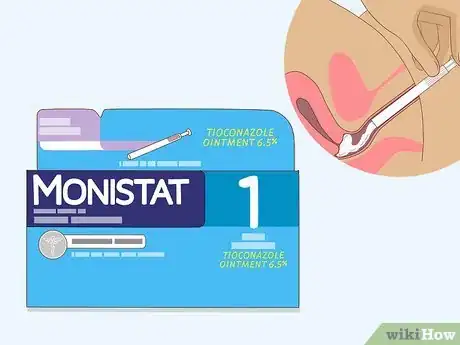

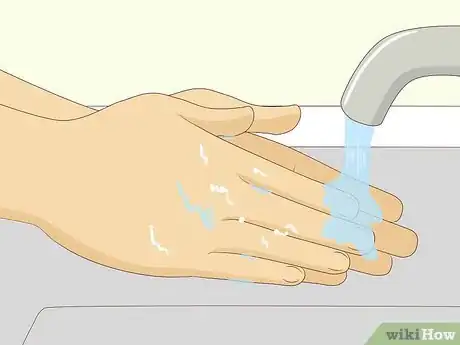

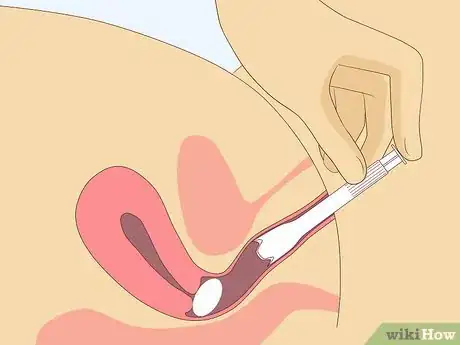
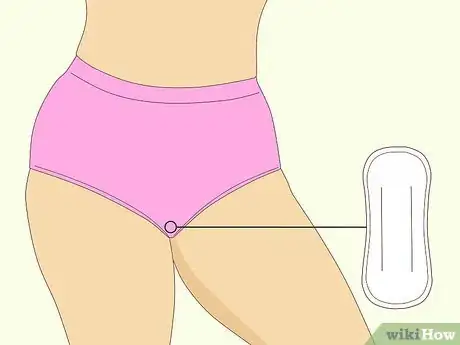
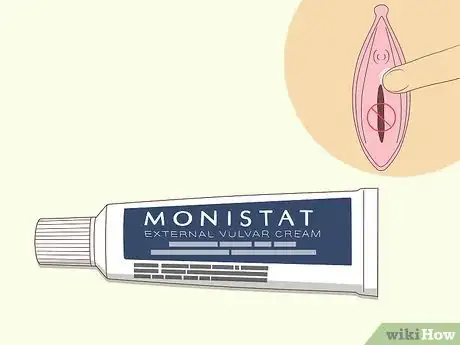
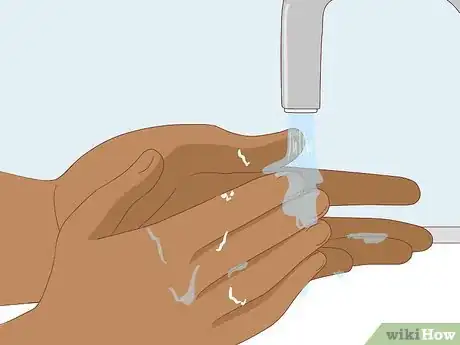
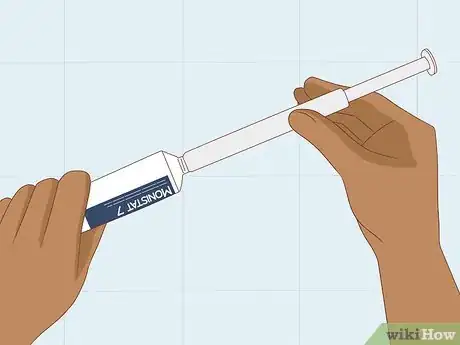
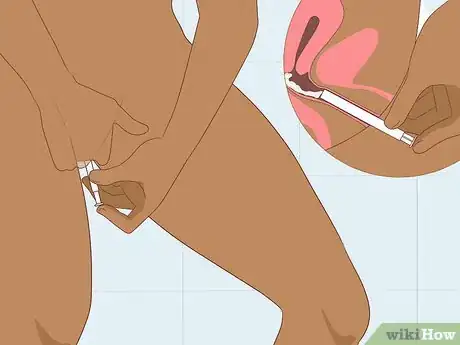
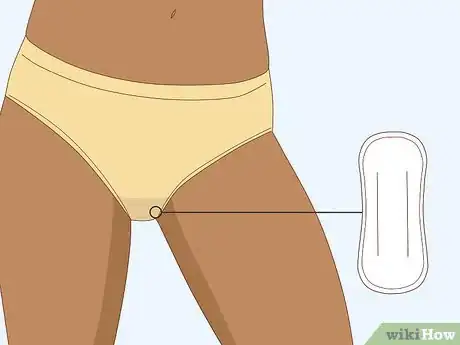
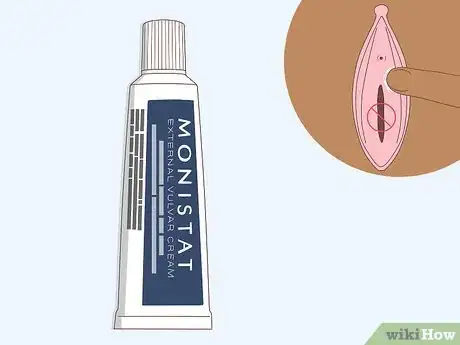

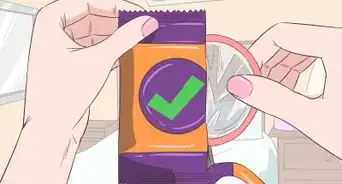
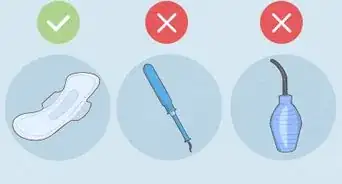






-Step-10-Version-2.webp)



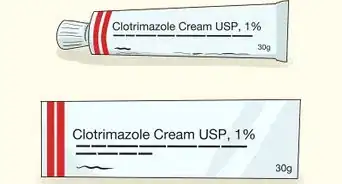







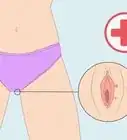
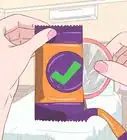
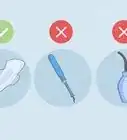
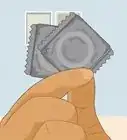



































Medical Disclaimer
The content of this article is not intended to be a substitute for professional medical advice, examination, diagnosis, or treatment. You should always contact your doctor or other qualified healthcare professional before starting, changing, or stopping any kind of health treatment.
Read More...